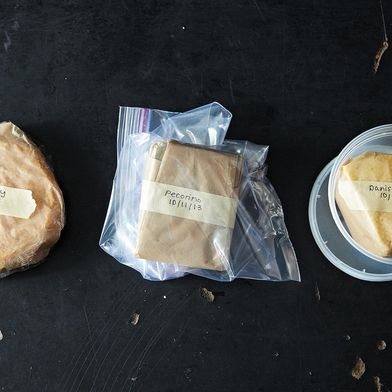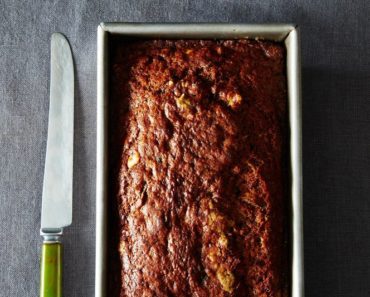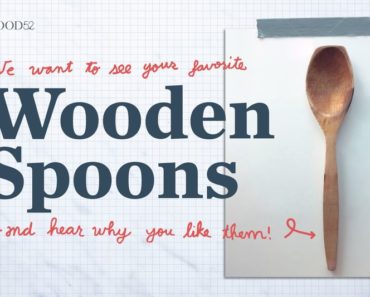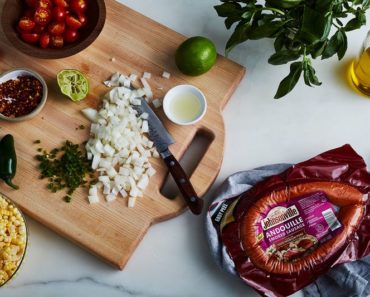There are two incredibly daunting things about working behind a cheese counter. The first, and most obvious, is memorizing all the cheese varieties—where they come from, what they’re washed with, what wines they pair well with, what other cheeses they pair well with. Faced with a glass case of over a hundred types, cultivating a firm recall of every wheel and wedge and slice of cheese can seem next to impossible.
The second challenge is mastering the art of the wrap. Saran—or cling or plastic—wrap, that is. Every cheese, when it’s not being sampled, is wrapped oh so tightly to prevent any unwanted exposure to air. This slick cover keeps that ooey-gooey or rich and stanky cheese pulp from oxidizing, turning hard, and becoming no longer fun to eat. When working with cheese, plastic wrap is king.
But mastering the art of the wrap is no easy feat. Peek behind any cheese counter and you’ll notice a large (like, really large) roll of plastic wrap. Mongers use this to stretch over and tuck under cheeses in the display case. There’s a learning curve, however, to being able to properly manipulate the plastic, to bend it to your whims and the shape of the cheese. It took me, for example, two weeks of devoted training to master the wrap. But once I did, boy, did I have at it.
Cling wrap proves both pliable and powerful. I learned to stretch it right up the point of tearing, to twist its edges into neat hospital corners. The industrial-grade rolls that lined the cheese shop had a ferocious ability to cling (the name isn’t accidental, folks!) to anything and everything they touched. This was a product at the peak of its performance.
And yet, besides a name, they had almost nothing in common with the flimsy rolls I’d grown up using at home. Brands like Glad or Saran just didn’t stretch as tautly or stick as…stickily. Recently, Josh, our test kitchen chef, approached my desk. “Why,” he asked “is kitchen-grade plastic wrap just so, so much better than the stuff you have at home?”
He was right. It felt almost unfair, unjust that home cooks were stuck with the second-rate stuff while chefs (and cheese mongers!) got to experience the full array of plastic wrap and its uses. Sure, Ina Garten may swear by Stretch-Tite, but even that’s not the same.
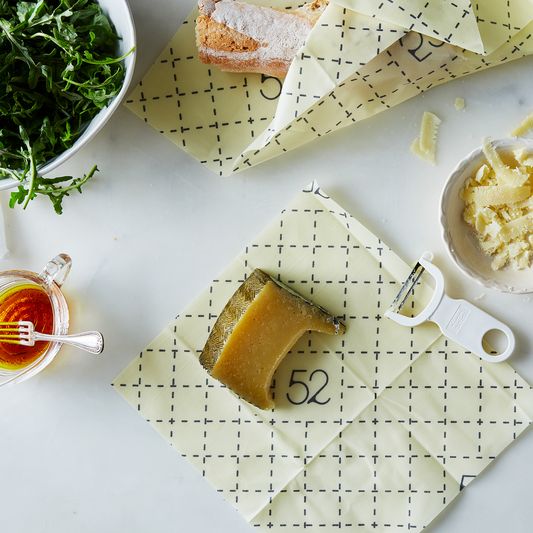
I’m talking heavy-duty, restaurant-grade plastic wrap. The stuff that comes in a box that’s not pretty, but sure is useful. This is wrap that lasts a while—the rolls are big but most definitely worth it. Plus, when you drag the wrap across the built-in jagged edge to tear, it actually rips! Because no one has time for a flimsy little serrated knife that refuses to do its job. I can’t imagine going back to the supermarket plastic wrap that I once knew. Instead, I rely on brands like Safecut or Cling Classic. Sturdy, robust wraps that get the job done.
You can find chef-grade cling wrap in any restaurant supply store or buy it online here. It may seem unnecessary—and maybe for some, it is—but trust us, your leftovers will thank you.
Have you ever noticed this critical difference? Tell us about it below.
(via Food52)


